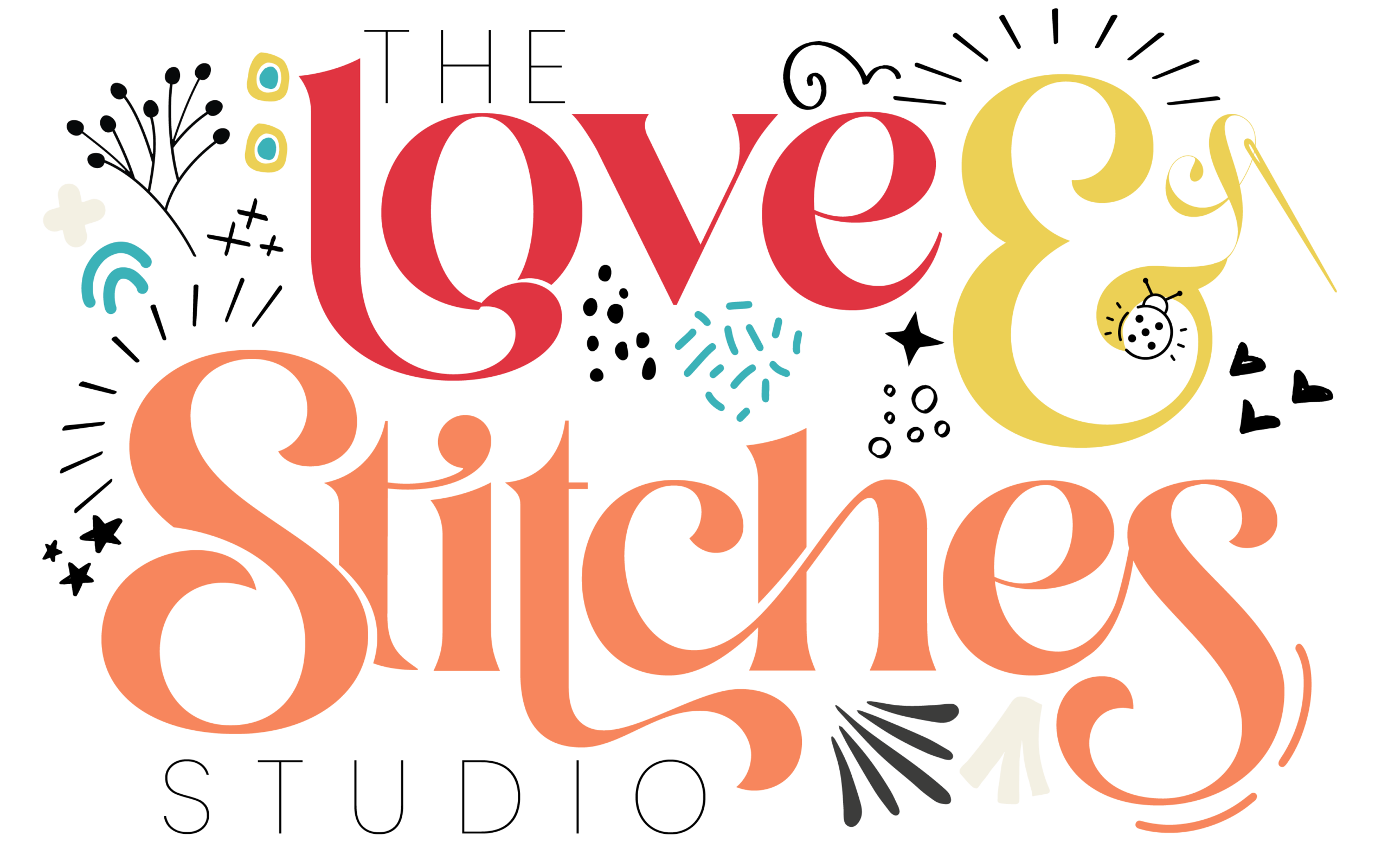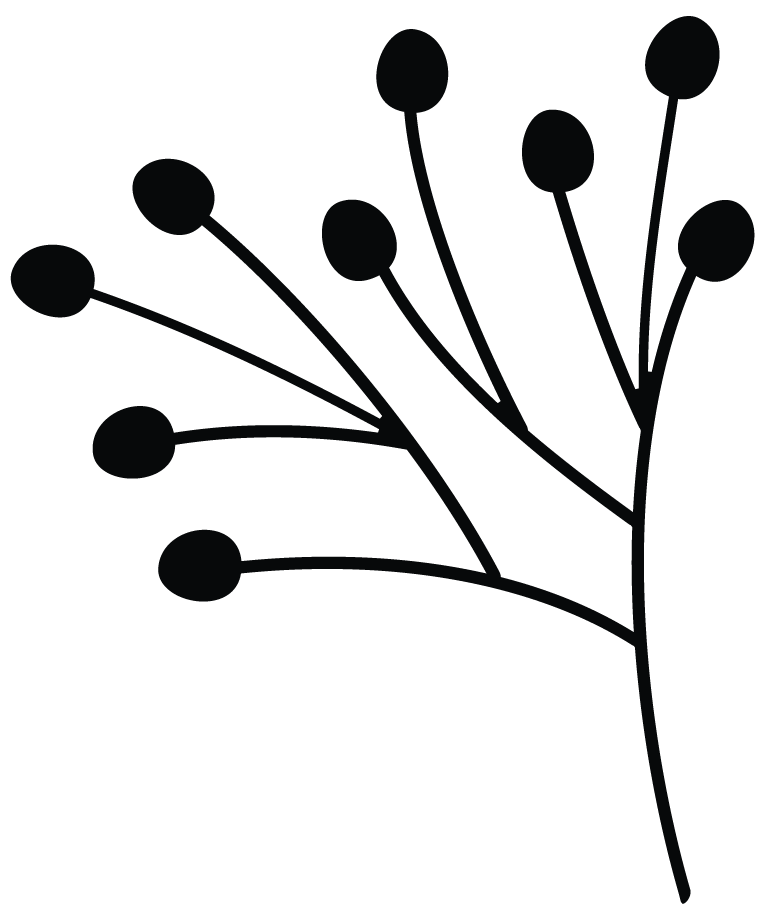Today I bring a cautionary tale for beginner dressmakers. Mistakes that are commonly made but easily avoided.
Picking the wrong size
The sizing on sewing patterns for clothes is not the same as ready to wear shop sizing either in the UK or the US. There is also a lot of ease included in commercial patterns such as New Look or McCalls.
Watch this video to find out more about how to select the right size for you.
Choosing trickier fabrics
When you are first starting to sew, one of the most difficult things is knowing what fabrics to choose for your project. There are a million and one terms that you’ve never heard of, and the vast range of fabrics is overwhelming. A good fabric shop should point you in the right direction for something suitable for your pattern.
The easiest fabric to handle is a stable medium weight woven cotton, such as a quilting cotton or a cotton poplin.
Trickier fabrics that I would suggest beginners avoid are: slippy or stretchy fabrics, checks or stripes or anything with an obvious geometric pattern that would look odd if it doesn’t match or line up. But you don’t need to avoid patterned fabrics altogether, in fact a random all over pattern with a smaller motif (such as a floral) is much more forgiving in hiding out of place stitching or little tucks that a plain fabric would.
When the right and wrong side of the fabric are difficult to tell apart it can make it harder because it’s easy to mix up the pattern pieces and end up with 2 lefts or 2 rights instead of a left and a right!
Ignoring the Grainline
One of the most crucial pieces of information printed on the pattern is the grainline or straight grain. This is usually a long straight line with an arrow at either end.
The grainline is indicated on the pattern because fabric hangs and behaves differently in different directions. The grainline shows how the pattern should be placed on the fabric.
You must place your pattern pieces so that the grainline runs parallel to the selvedge.
On woven fabrics, the selvedge is the finished edge of the fabric. Sometimes the selvedge will be printed with words and/or symbols on other fabrics it will have a slightly denser weave, and others will have a series of little pin holes made by the machinery in the fabric mill. If you are buying fabric by the metre off the roll there should be two cut edges and two selvedges.

The strongest threads in the fabric run parallel to the selvedge. This is why on most patterns the grainlines will run vertically on a pattern piece, from top to bottom.
You should measure from the selvedge to each end of the grainline to ensure that your pattern pieces are straight and the grainline is parallel to the selvedge. Even being slightly out will mean that the fabric might not hang correctly and your finished garment might feel twisted when you wear it.
If the pattern piece does not have a grainline it will have a “cut on fold” line as illustrated below with a straight line and two small arrows pointing to the edge of the pattern piece.
Fold your fabric as illustrated in the pattern layout within your instructions (usually folded in helf parallel to the selvedges). You must place a “cut on fold” line onto the folded edge of the fabric. You do not cut along the folded edge of the fabric. When you unpin the pattern after cutting you will get one symmetrical piece.
Not sticking to the seam allowance
Pattern designers spend a lot of time drafting patterns for home sewists to make wonderful clothes to specific sizes. You spend a bit of time looking at the measurements and choosing what size to make.
Should you ignore the seam allowance provided on the pattern or in the instructions, what will happen is that your pattern will not fit as it is designed to and the pattern pieces will not fit together.
Most modern patterns have seam allowance included, and it is usually 5/8” or 1.5cm, but not always. Check with each individual pattern.
5/8” or 1.5cm feels quite large to many beginner’s (especially if they have done quilting when the seam allowance is usually 1/4”), it allows for easy fit adjustments to be made.
Expecting perfection
Dressmaking is a skill that takes time to master, when you are first starting out this can lead to disappointment. I know it’s easier said than done, but don’t get disheartened.
Strive for progress not perfection.
Seek out teachers. Whether that is a more experienced friend, formal lessons such as Sewing School or online classes and tutorials.
Follow the rules and instructions and if you persist you will improve. Read my blog on perfectionism here and find up why you need to give it up!
Love & stitches
Alison xx



